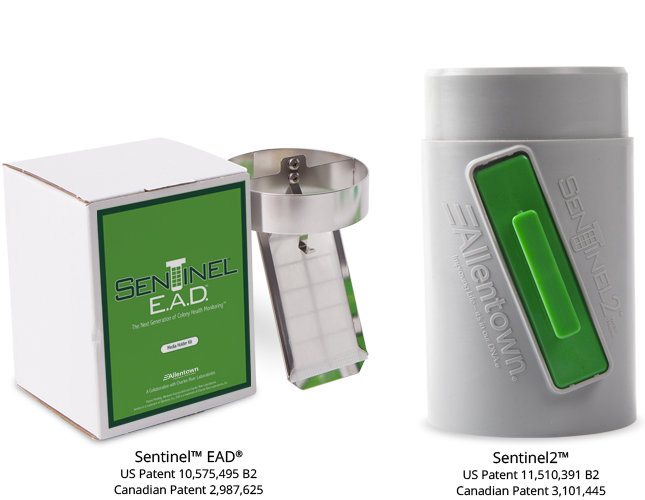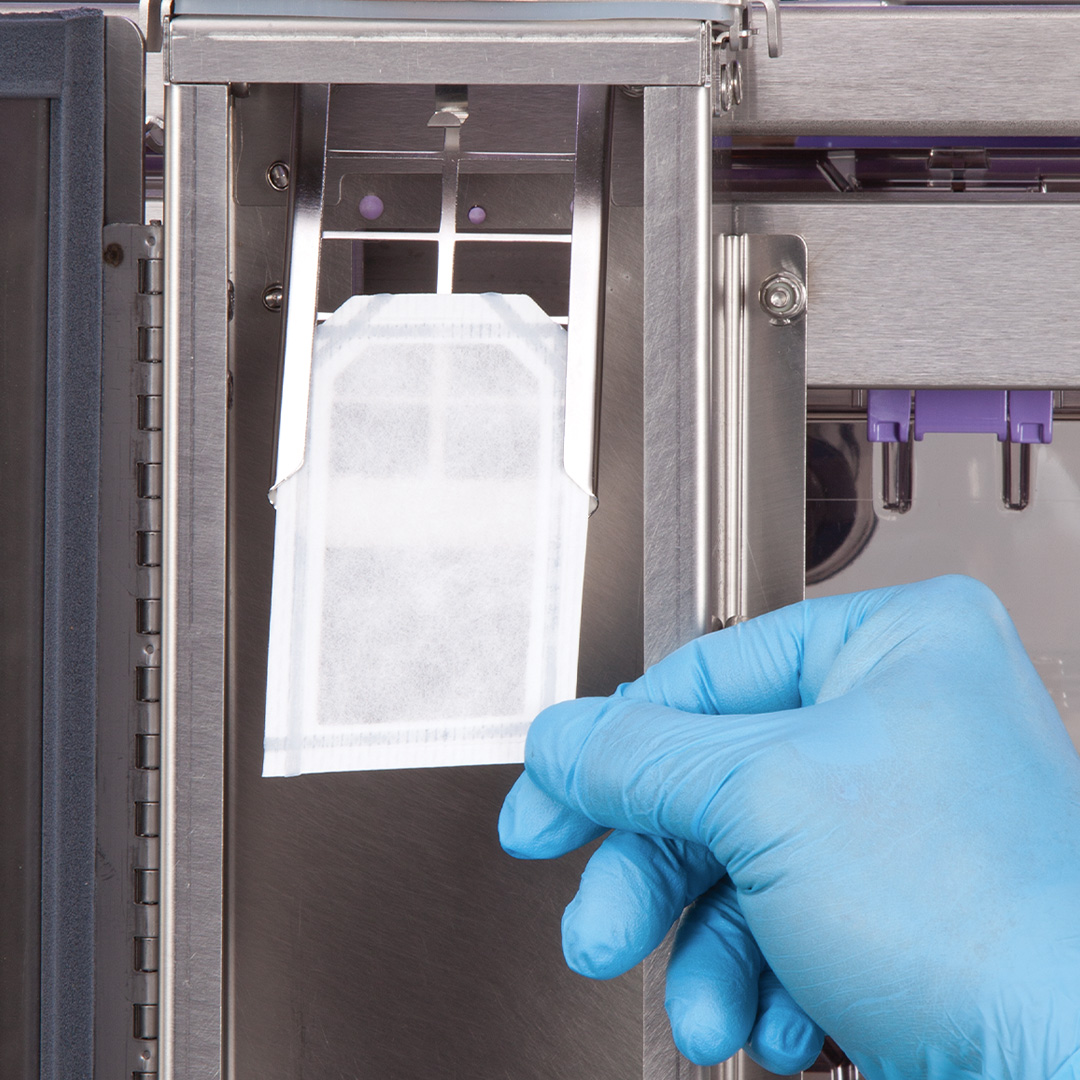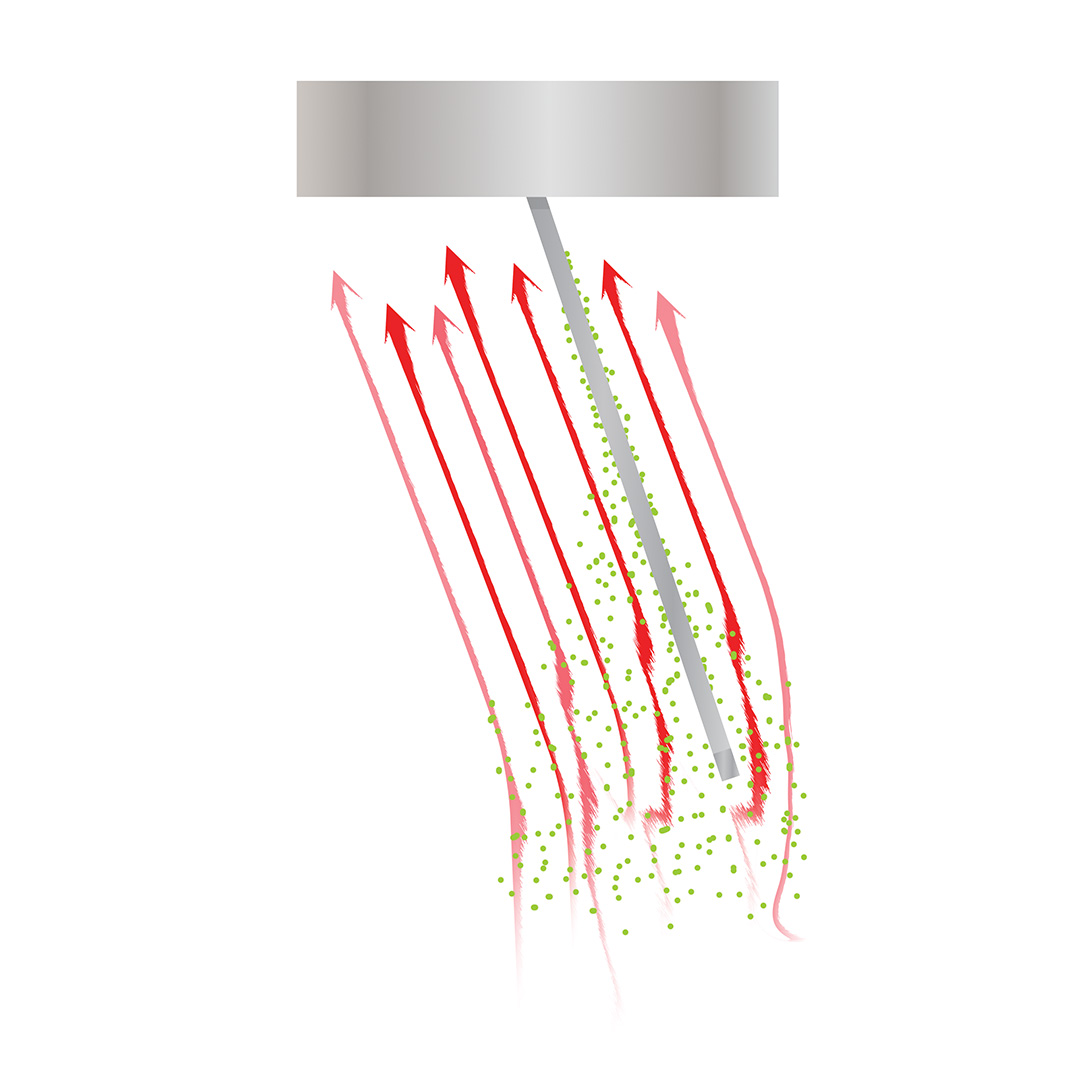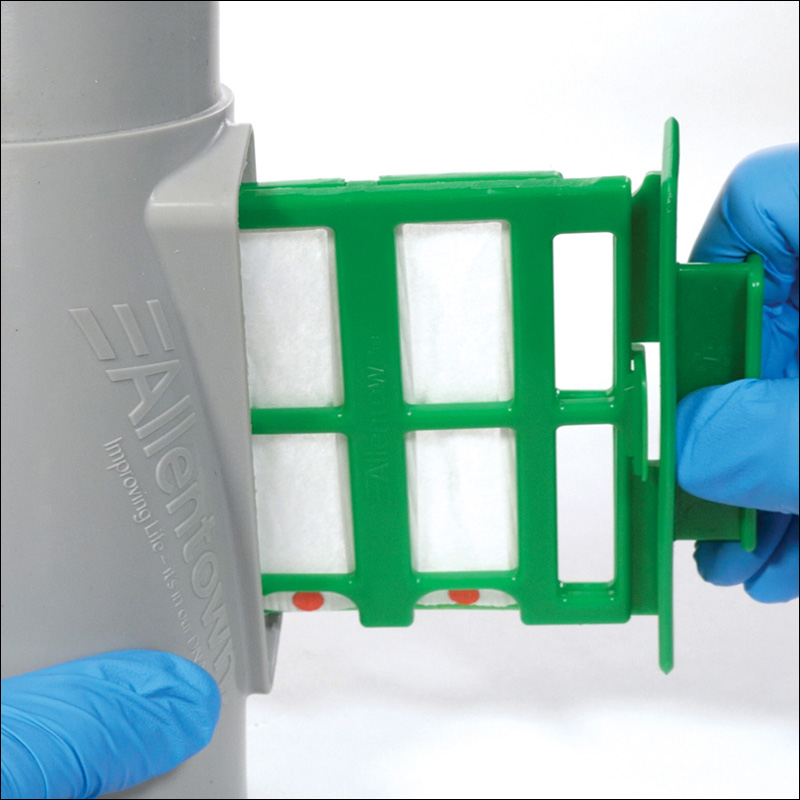
Sentinel™
Colony Health Monitoring
Allentown and Charles River Laboratories have partnered together to develop the Exhaust Air Dust collection methodology - or EAD®. This system does not require soiled-bedding sentinel animals, but instead captures and samples aggregate exhaust air from IVCs using a patented collection media that attracts dust particles but doesn't load like a filter, or impact airflow.
- Use Fewer Sentinel Animals
- See More Accurate Results
- Reduce Labor and Cost
- Improve Ergonomics
- Benefit from Greater Flexibility
Real-World Tested and Validated
- A 1,700 reduction in sentinel animals each year
- A cost savings of $160,800 per year (26% reduction)
- "EAD monitoring was significantly more sensitive than SBS for detection of the bacterial agents." (Excerpt from JAALAS ARTICLE - JANUARY 2020; link below)
JAALAS ARTICLE SUMMARY - JANUARY 2020
SUMMARY LINKS TO FULL ARTICLE
JAALAS ARTICLE SUMMARY - SEPTEMBER 2020
SUMMARY LINKS TO FULL ARTICLE
Fewer Sentinel Animals
Estimated at up to 1,000,000 animals annually, the rodents required for traditional SBS programs can now be significantly reduced. In fact, a recent study undertaken by the University of Chicago saw a decrease in their use of SBS by approximately 1700 animals each year. These types of reductions can bring facilities that use the Sentinel system closer in line with the 3Rs.
More Accurate Results
Tested extensively by Charles River and Allentown, the Sentinel EAD protocol not only increases detection percentages of the most commonly tested agents, but also expands the number and variety of agents that can be tested and detected.
Reduced Labor and Cost
In a recent study performed by the University of Chicago comparing Soiled Bedding Sentinels (SBS) and EAD, the annual cost of their Sentinel program was found to be 26% less expensive than the SBS program, equating to over $160,800 in savings per year for that institution.
All Systems are NOT the Same
Sentinel utilizes exhaust air dust collection in conjunction with PCR analysis to achieve tremendous results. And as increasing numbers of industry leaders become convinced of the efficacy of this system, the questions now become: "Are all capture systems the same?" and "Does EAD capture work the same in all IVCs?" The answer to both questions is NO. EAD collection - the backbone of Sentinel - works best in Allentown IVCs. Here's why: The combination of Allentown's collection media material, TWO options for capture device and placement within the exhaust stream, and Allentown's industry leading airflow performance serves to maximize the efficacy of the system and achieve results unobtainable in other IVCs and other solutions.



The difference is in the details. Take a closer look.
Allentown solutions are not only crafted to perfection, they are also meticulously documented to provide users with all of the information needed to maximize their value. Take a closer look by reviewing the materials below.
Sentinel2
Sentinel2 is an alternate system that employs a capture device that is still in the exhaust stream, but no longer sits inside the exhaust plenum. Instead, it attaches either to the exhaust blower, or on top of the plenum, providing access to the collection media without the need to open it up.
Because this system permits access to the collection media from the front of the racks, without having to move them, ergonomics and operational performance are improved. In addition, accessing the collection media without having to open the plenum decreases the risk of cross contamination. Also, the Sentinel2 provides two collection media instead of one, providing the option to send one for testing while keeping the other in the IVC, or removed and separate as a control.
Sentinel™ EAD®: US Patent 10,575,495 B2, Canadian Patent 2,987,625. Sentinel2™: US Patent 11,510,391 B2, Canadian Patent No. 3,101,445. Sentinel is a trademark of Allentown, LLC. EAD is a registered trademark of Charles River Laboratories, Inc.
